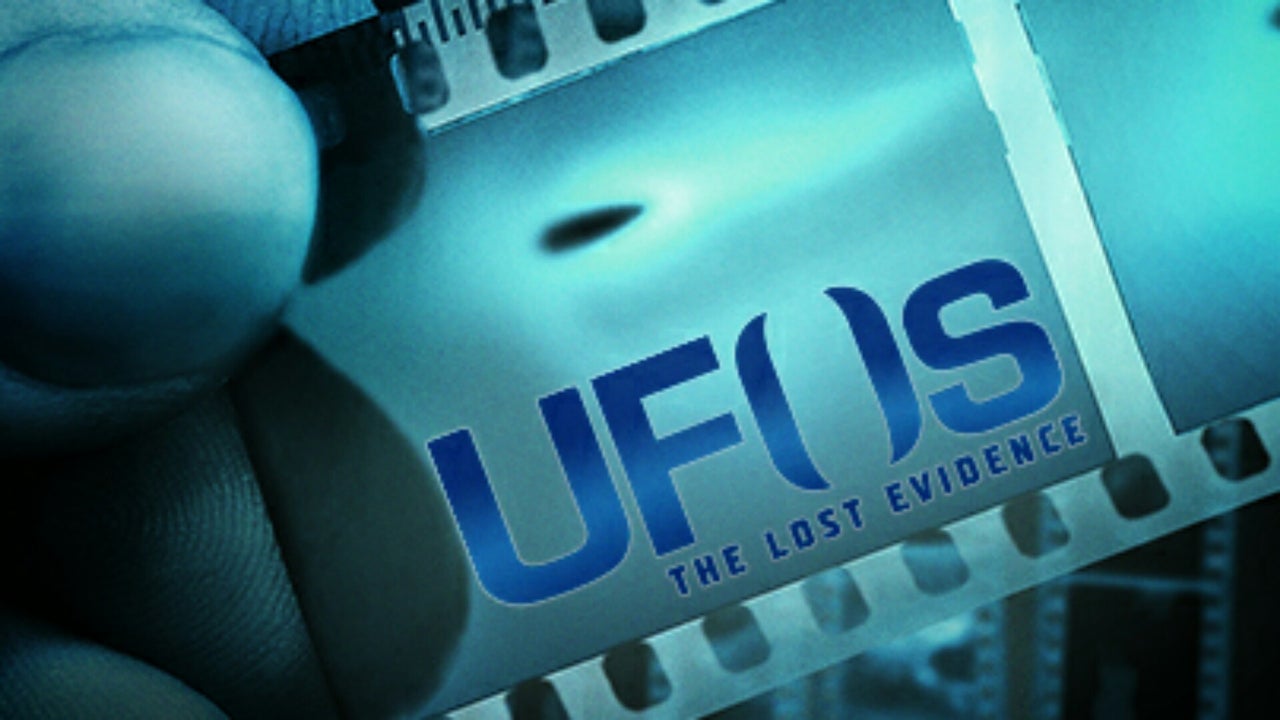

If you're an entertainment executive involved in the development, acquisition, or distribution of TV content, data-backed insights can help make informed decisions that will drive success. Demand data, like that captured by Parrot Analytics, can be leveraged to answer a variety of key questions. "Ufos: The Lost Evidence" in the United States is an excellent example of demand data-based insights. The following are a few of the questions that demand data like that for "Ufos: The Lost Evidence" can answer:
- Content Valuation: A TV executive can use Parrot Analytics' demand data to figure out the value of content like "Ufos: The Lost Evidence." In this case, the show's audience demand in the United States is 3.6 times the average, indicating good demand. The data also shows that only 8.6% of all TV shows have this amount of demand. Additionally, according to the show's Parrot Pulse, its performance across six dimensions is generally okay; Travelability is poor, but momentum is good, while franchisability is poor and reach is okay. By examining how much demand is generated by a TV series on a 1 year rolling basis, a TV executive can track growth trends and make decisions accordingly.
- Programming Decisions: The demand data gives insights into what shows the audience of "Ufos: The Lost Evidence" also enjoys watching. Executives can use this information to develop programming decisions and possibly secure similar content that appeals to the same fan base. The shows that fans of this show also like include "Unidentified: Inside America's Ufo Investigation," "The Proof Is Out There," "Expedition Bigfoot," "Very Scary People," "Air Warriors," "Expedition X," "The Unxplained," "Forbidden History" and "Planet Earth III." Executives can use this information to plan programming decisions and make better suggestions to viewers.
- Distribution Decisions: Demand data can also help entertainment executives identify where in the world is a TV series most popular. For instance, "Ufos: The Lost Evidence" generates good demand in Germany, its number one market globally. It also has good demand in the United States. Entertainment executives can work on distributing the TV show strategically through platforms or allow it to reach audiences in these countries to secure more viewership.
- Acquisiton Decisions: Because demand data empowers content valuation, entertainment executives can use a tool like Parrot Analytics' content valuation system to help them choose a TV series to acquire. By examining how much demand a specific series generates, its ability to acquire or retain subscribers, and the return potential of a title, an executive can assess its overall acquisition value to a platform.
- Performance Analysis and Improvement: Lastly, demand data can help entertainment executives understand how well a show is performing and how to improve it further. For example, the audience demand for "Ufos: The Lost Evidence" decreased by 22.6% during January 2024. This insight prompts TV executives to investigate what happened in January that caused this decrease in demand and how they can improve it to sustain its momentum.
In conclusion, Parrot Analytics' demand data provides a myriad of insights to entertainment executives who work in production, acquisition, or distribution of TV content. The data reveals a show's untapped potential, identifies the right audience, and offers concise answers to difficult questions about TV programs. By using demand data like that of "Ufos: The Lost Evidence," TV executives can make smart, data-first decisions that can provide a greater ROI on their investments.